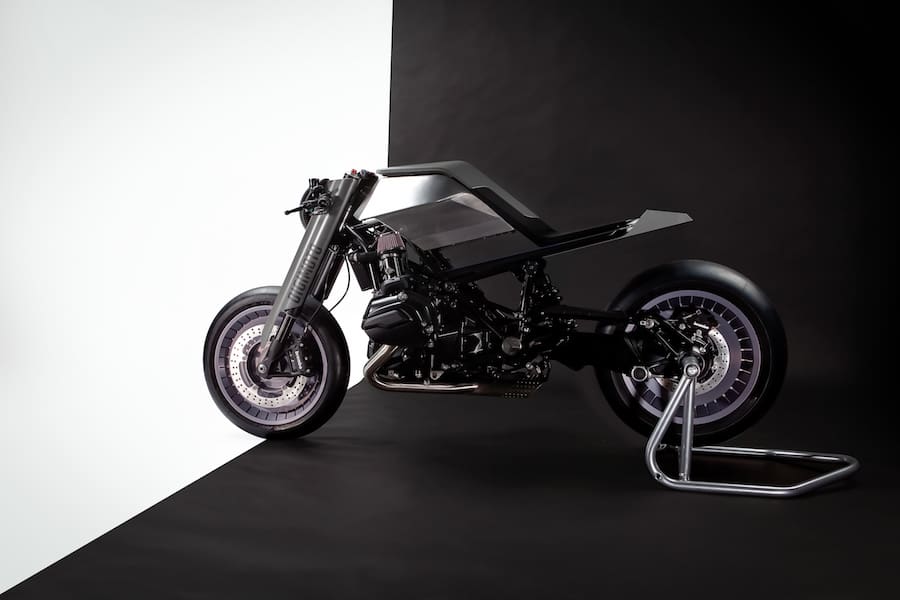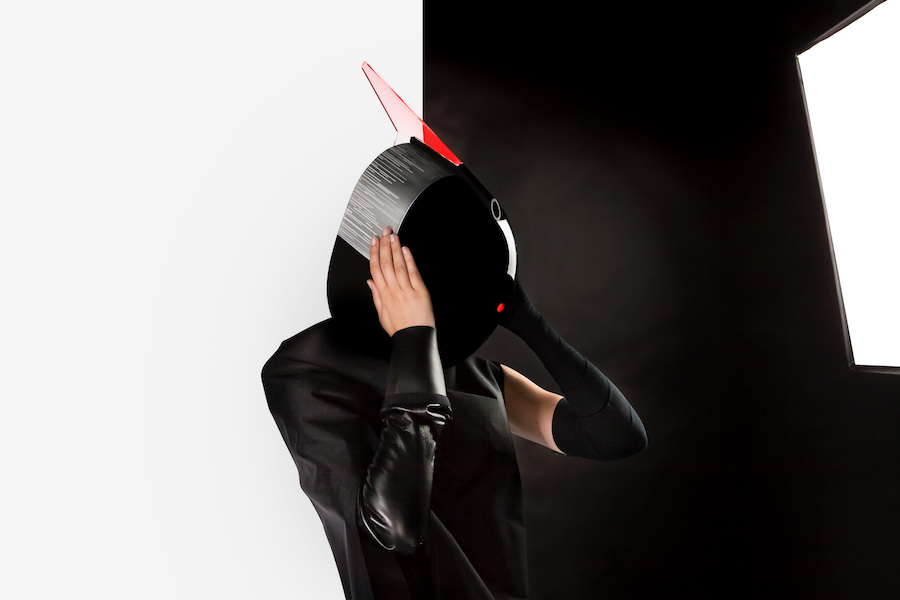Somewhere on a not-so-centre stage at EICMA, German industrial designer Christian Zanzotti unveiled a BMW R1200R-based project he’s been hard at work on for some time, and one he believes may reshape the future of both motorcycle riding and motorcycle design.
Zanzotti is passionate about both motorcycles and the burgeoning technology that is virtual reality, so he came up with a way of using that technology not only to help operate the bike he calls Digimoto, but also as a significant part of the design process.
Working with German development company Graydev, who manufactured the one-off machine, as well as well-known BMW outfitter Wunderlich, Zanzotti says this bike ventures into the realms of possibilities for the motorcycle market, in the same way that Google, Apple and Tesla have collectively done in the automotive market.
Chasing a similar goal to what BMW targeted with its recently unveiled Vision Next 100 concept (AMCN Vol 66 No 10), Zanzotti set out to close the gap between the rider and the motorcycle in a bid to morph the conventional two-part pairing into a single, somewhat complementary unit.
But aside from all that, regardless of how Zanzotti and his crew arrived at the Digimoto, it’s a clean and minimalist design that we reckon gets better looking the more you stare at it.

Design lines
Digimoto began life as a brand-new BMW R1200R. It was then stripped of its bodywork and componentry and left as nothing more than an engine mounted in a capable chassis. Usually the next step would be a series of computer generated design sketches and various iterations of clay models, but instead Zanzotti relied on precise 3D scans and virtual reality design phases. While the team behind the bike is remaining coy on the nitty gritty of virtual reality design processes, a short, one-minute video reveals Zanzotti wearing dozens of sensors while sitting and moving around on the bike, presumably resulting in a precise and efficient ergonomic base.
Heads up
The notion of a heads-up display on a motorcycle helmet or screen isn’t a new one – we’ve seen both before and with varying degrees of success. But a heads-up display which obviates the need for instruments is a new idea and one Zanzotti has integrated into his Digimoto concept. A series of sensors and cameras, the main being a headlight-mounted sensor panel, work together to gather the information normally displayed on instrument panels, and beam it onto the visor of the helmet instead. This not only results in reduced distractions for the rider, but a reduction in aerodynamic interference too. Or, as Zanzotti calls it, drastic streamlining.

by Kel Buckley











